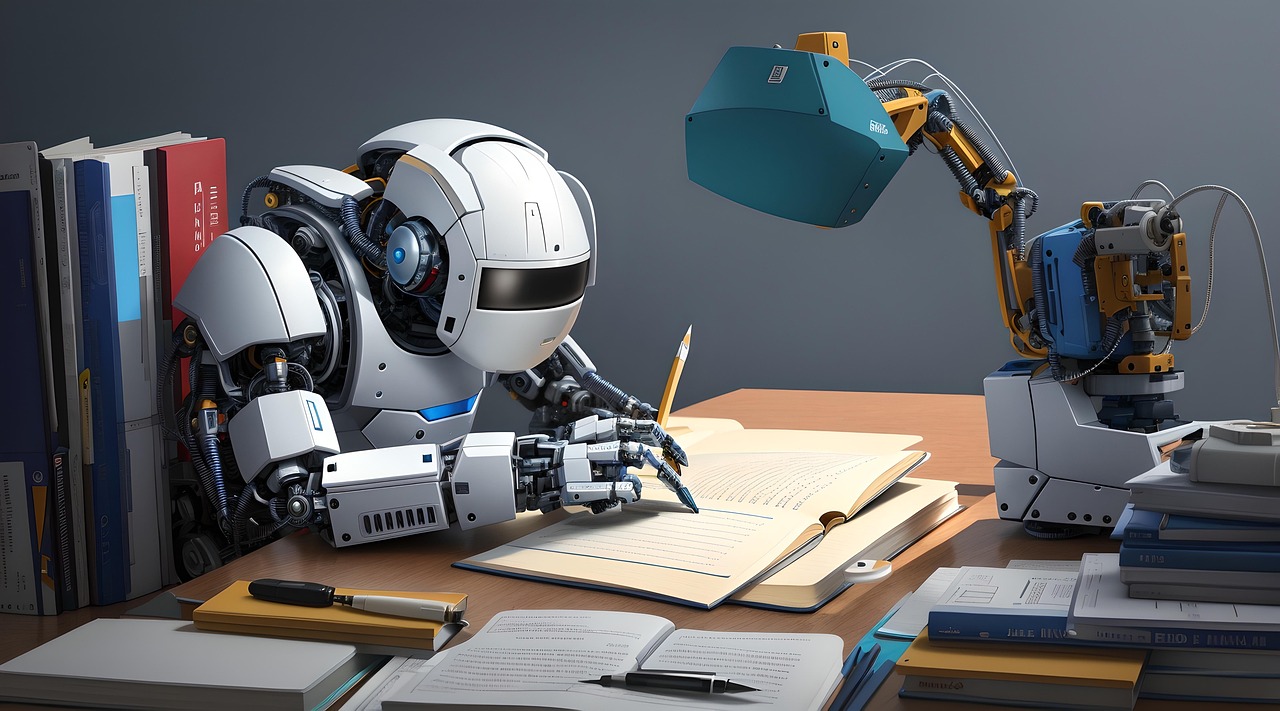For years, Robotic Process Automation (RPA) has been the workhorse of enterprise efficiency—automating rule-based, repetitive tasks at scale. It streamlined operations, reduced manual effort, and delivered measurable ROI. Yet, its biggest limitation quickly became clear: RPA lacked context and judgment.
An RPA bot could move data flawlessly between systems, but it couldn’t interpret ambiguous inputs, understand language, or make informed decisions when exceptions arose. That’s where AI changes the game.
The convergence of RPA with AI—what we now call Intelligent Automation or Hyperautomation—is redefining how organizations operate, from the back office to customer-facing functions.
From Rules to Reasoning
RPA alone excels in structured environments—fixed workflows, predictable inputs, and rule-based logic. But real-world enterprise processes often involve unstructured data, natural language, and subjective decision points.
By embedding AI technologies such as natural language processing (NLP), machine learning (ML), and computer vision into RPA ecosystems, enterprises are moving from automation of tasks to automation of decisions.
- RPA handles the how: execution, accuracy, and scalability.
- AI provides the why: interpretation, prediction, and judgment.
Together, they form a cognitive loop where bots can read emails, classify documents, extract insights, and even route decisions based on predictive confidence levels.
Case in Point: BFSI and Telecom
BFSI – From Manual Verification to Straight-Through Processing (STP)
In leading banks and insurance companies, Intelligent Automation is transforming back-office processing.
For example, a global bank integrated RPA bots with AI-powered document understanding to process loan applications. The result:
- Straight-through processing for 75% of applications (no human intervention).
- Average Handling Time (AHT) reduced by 58%.
- First Time Resolution (FTR) improved to 92%, thanks to contextual validation.
AI models trained on historical data could detect anomalies, flag risks, and automatically trigger exception workflows, allowing human experts to focus only on complex cases.
Telecom – Redefining Customer Service
In telecom contact centers, Intelligent Automation has cut cost-to-serve and enhanced customer experience dramatically.
AI chatbots integrated with RPA can now authenticate users, retrieve data from CRM, and execute billing or plan-change transactions—all within seconds.
The impact:
- AHT reduction: up to 40%.
- FTR improvement: from 70% to 95%.
- Cost-to-Serve reduction: up to 35%, through automation of end-to-end service fulfillment.
This seamless orchestration between conversational AI and backend RPA enables true straight-through service, where a customer query triggers an end-to-end automated process without manual touchpoints.
Design Patterns for Intelligent Automation
Deploying RPA + AI at scale isn’t just about stitching technologies together—it requires thoughtful architecture. The most successful implementations follow three key design patterns:
1️. Human-in-the-Loop
Not every decision can or should be automated. Human-in-the-loop (HITL) ensures human judgment is embedded in the automation flow—especially for exceptions, approvals, or ethical decisions. Over time, human feedback is used to retrain AI models, continuously improving accuracy and trust.
2️. Exception Handling Frameworks
Even the most intelligent systems face data anomalies or system errors. Robust exception handling ensures that unresolved cases are routed to human analysts with full audit trails, preventing process breakdowns and ensuring compliance.
3️. Auditability and Explainability
AI decisions must be explainable, traceable, and auditable. Every automated transaction should carry metadata on why it was executed—crucial for regulated industries like BFSI and telecom. This builds trust and ensures adherence to governance and compliance standards.
Metrics That Matter
Success in Intelligent Automation must go beyond bot counts or task completion rates. The true impact is measured across three performance dimensions:
| Metric | Definition | Impact |
| AHT (Average Handling Time) | Time to complete a transaction | ↓ 40–60% |
| FTR (First Time Resolution) | Accuracy of completion in first attempt | ↑ 20–30% |
| Cost-to-Serve | Total service cost per customer | ↓ 25–40% |
Together, these metrics show how Intelligent Automation delivers measurable enterprise agility, customer experience, and profitability.
From Automation to Transformation
The fusion of RPA and AI is more than a technology upgrade—it’s an operating model revolution. Enterprises are now building automation fabric that connects systems, data, and decisions into a single, adaptive enterprise brain.
By enabling judgment, learning, and continuous optimization, Intelligent Automation transforms how organizations think, act, and grow. It moves automation from the back office to the boardroom—driving both operational efficiency and strategic value creation.
Explore how Enrich helps enterprises harness Intelligent Automation at www.enrichtech.in.






